Gaza’s Stark Reality
Posted in: News
From December 19 to 21, I visited Gaza, primarily in the relatively safer areas, navigating through the southern Rafah Governorate and up to Deir Al Balah in the middle region. However, even in these zones with reduced bombing and fighting, the stark reality of the calamity unfolding at an alarming pace became evident.
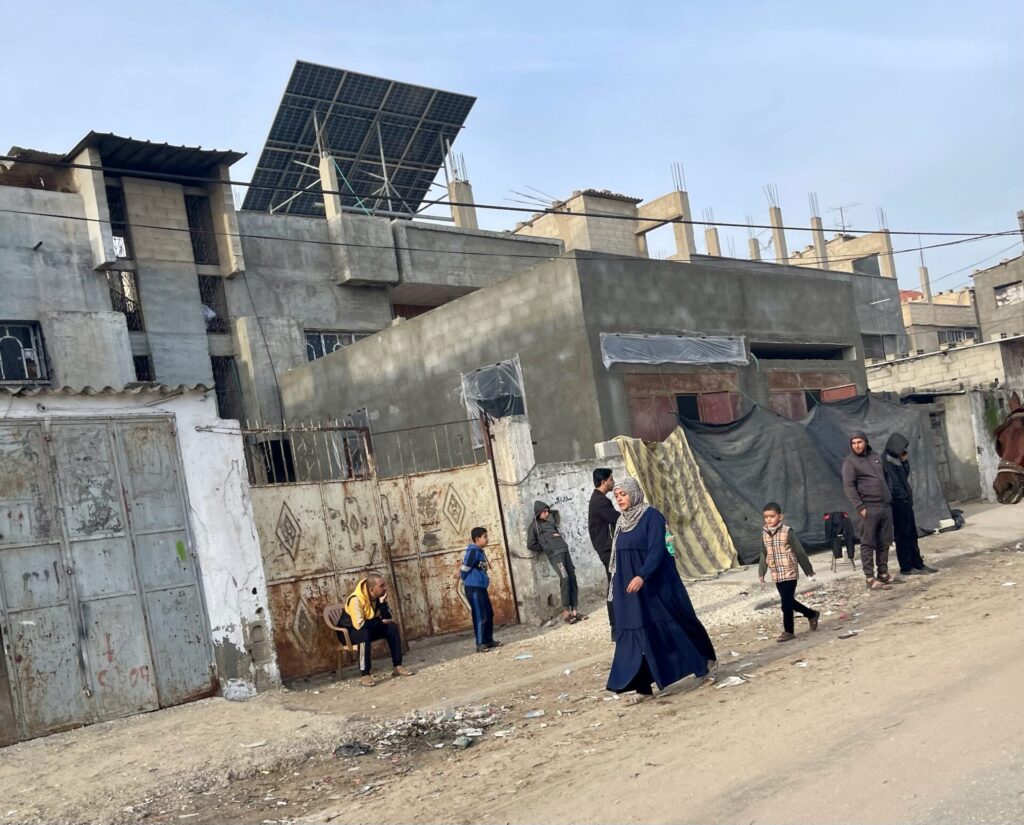

Going through old refugee camps and newly formed informal settlements of internally displaced people (IDPs), the catastrophic situation loomed large. Despite seeking refuge in the few safer areas, Gazans conveyed a sense of dread, feeling as if they were “being chased by death.” Their desperation for a ceasefire and the opportunity to return home, even knowing their residences no longer exist, were heart-wrenching.
I witnessed the crippling grief of a colleague who received the devastating news that his mother, brother, and their family had perished in a bomb attack in Gaza City. The harrowing experience of being unable to save his loved ones, combined with the challenge of obtaining information amid communication constraints, highlighted the anguish faced by many families in Gaza.
In the midst of this ongoing crisis, no place in Gaza is truly safe. The constant sounds of warplanes, drones, and bombs create an unnerving atmosphere. Although Gazans have grown accustomed to these disruptions, their stoicism does not diminish the fear that permeates their lives. “We fear the nights,” confessed one of my hosts.
Even in what is considered a relatively secure area like Rafah, where numerous international humanitarian aid organizations operate, the threat persists. The constant bombardments kept me awake at night, emphasizing the pervasive insecurity.
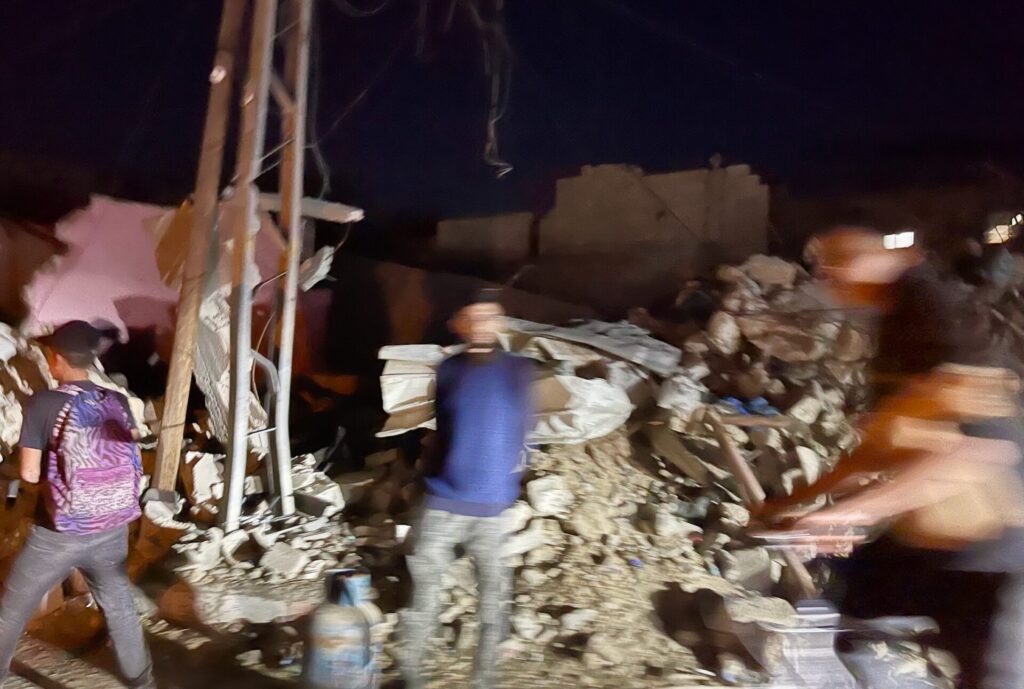

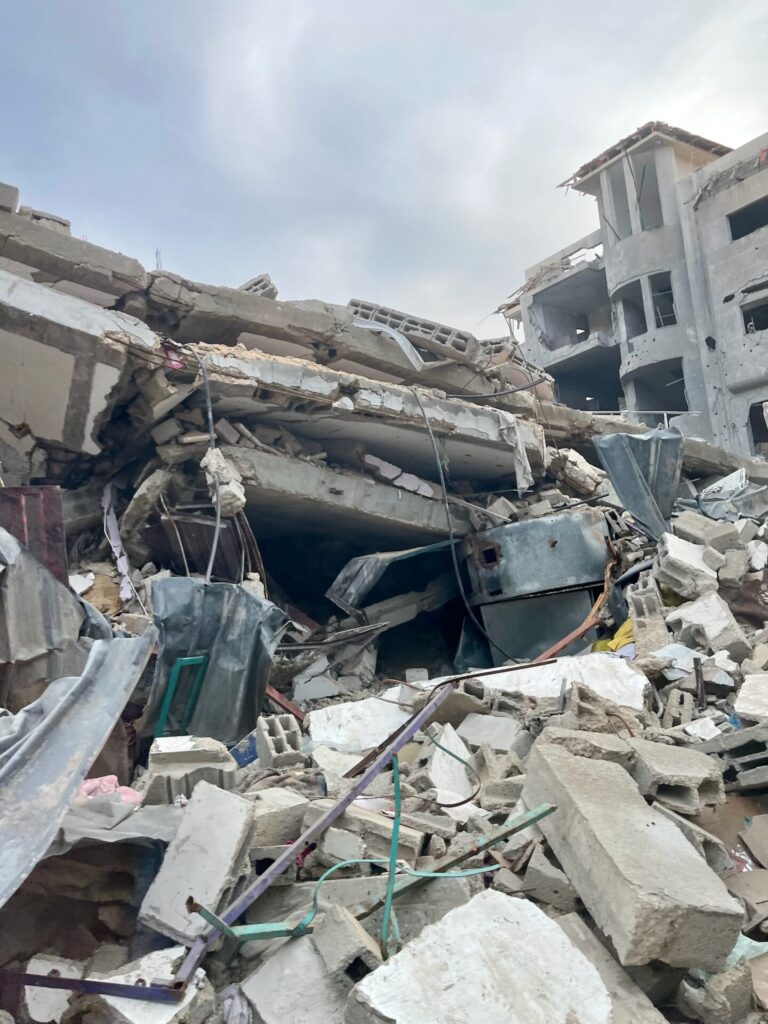

The Overcrowding in Rafah Is Untenable
With more than 85% of Gaza’s population now internally displaced, the majority converges on the southwest corner of Rafah. This confined space, about the size of LAX airport in Los Angeles, is inundated with IDPs, creating overcrowded and untenable living conditions.
During my two-day visit, I focused on the city of Rafah and two significant IDP settlements. One, situated at the “Qatari Hospital,” houses over 70,000 Palestinians in an unfinished concrete shell and a surrounding tent city. The second settlement sprawls across streets and open spaces around Al Quds Open University, lacking essential resources and facing an influx of more IDPs.
Desperate Living Conditions and Coping Mechanisms
The dire living conditions in Rafah, marked by insufficient food, water, shelter, and healthcare, underscore the urgency of the situation. Coping mechanisms, both resourceful and negative, are emerging. While Palestinians demonstrate resilience, improvising ways to manage without electricity and water, some solutions are unsustainable. Trees are being cut down for firewood, exacerbating environmental issues, and long lines for scarce toilets contribute to health concerns.
Healthcare workers are grappling with a rise in urinary tract infections, kidney stones, diarrhea, hepatitis, and other diseases. UNOCHA reports highlight the compounding impact of food scarcity, poor hygiene, and inadequate living conditions, emphasizing the need for immediate intervention.
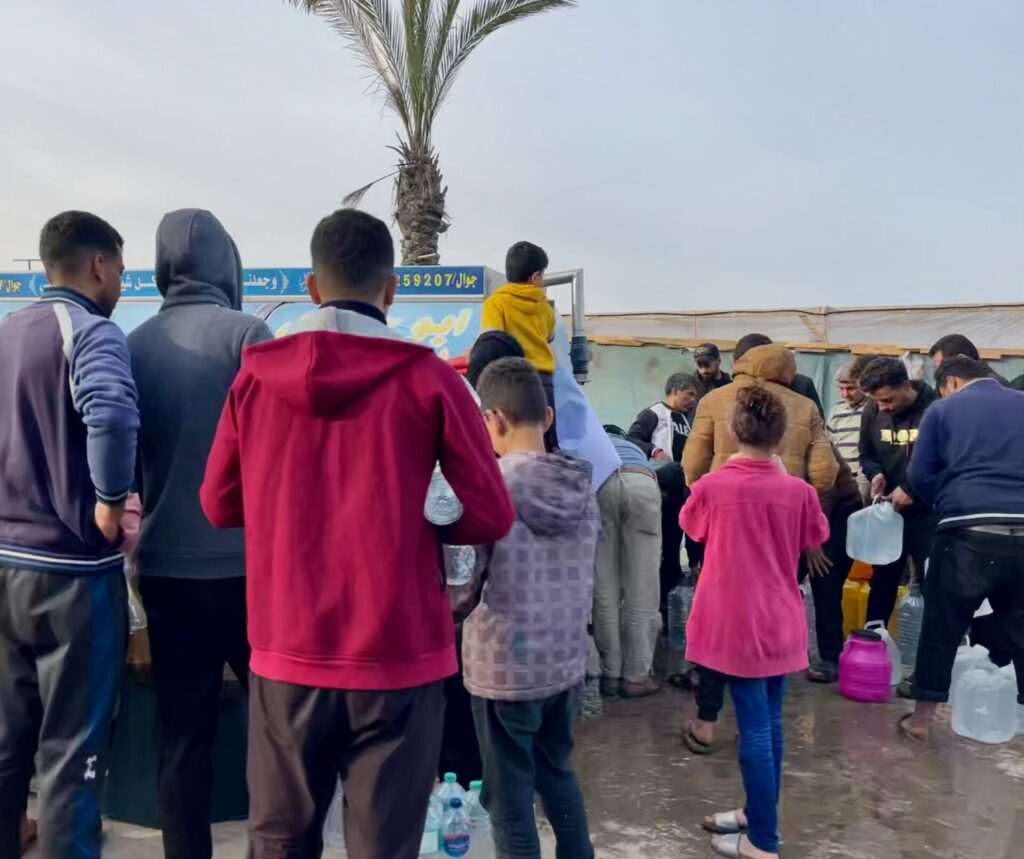

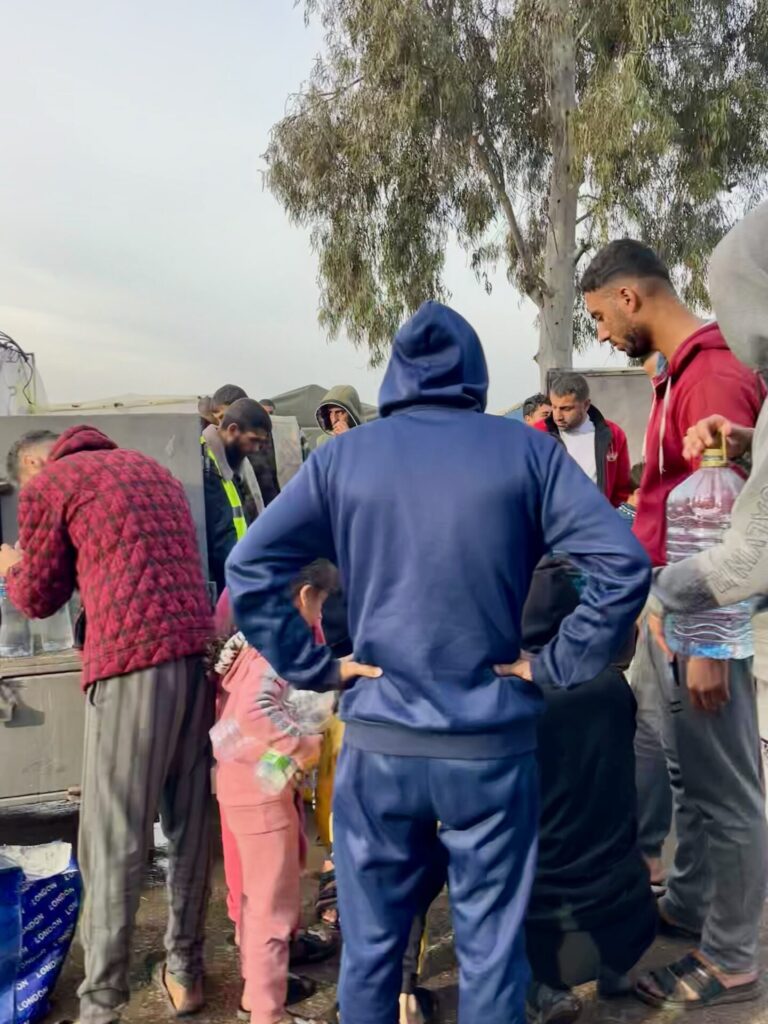

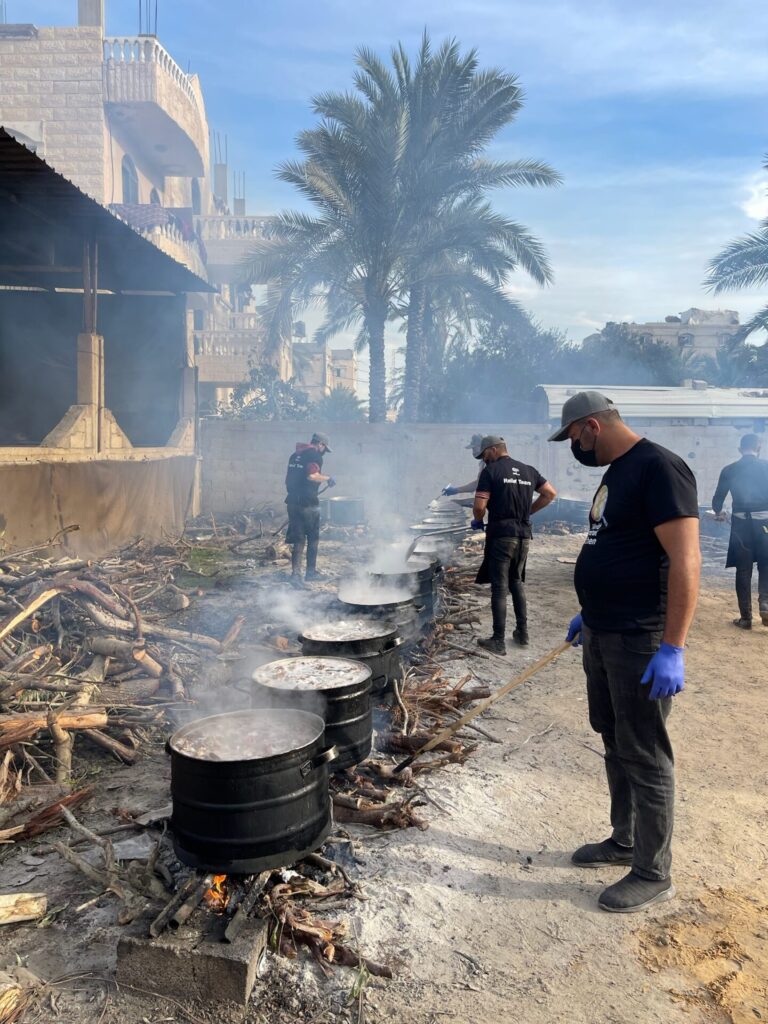

Aid Shortcomings and Urgent Needs
Despite the pressing need for aid, the current flow into Gaza falls short of the required speed and scale. Only 177 aid trucks entered Gaza on the day of my arrival, and while the Kerem Shalom crossing’s recent reopening boosted numbers, it remains insufficient. Five key issues must be addressed to improve aid distribution: increasing the amount and efficiency of aid delivery, eliminating political interference, streamlining the process, enhancing collaboration among aid agencies, and, most importantly, securing a cessation of bombings for safe and effective aid delivery.
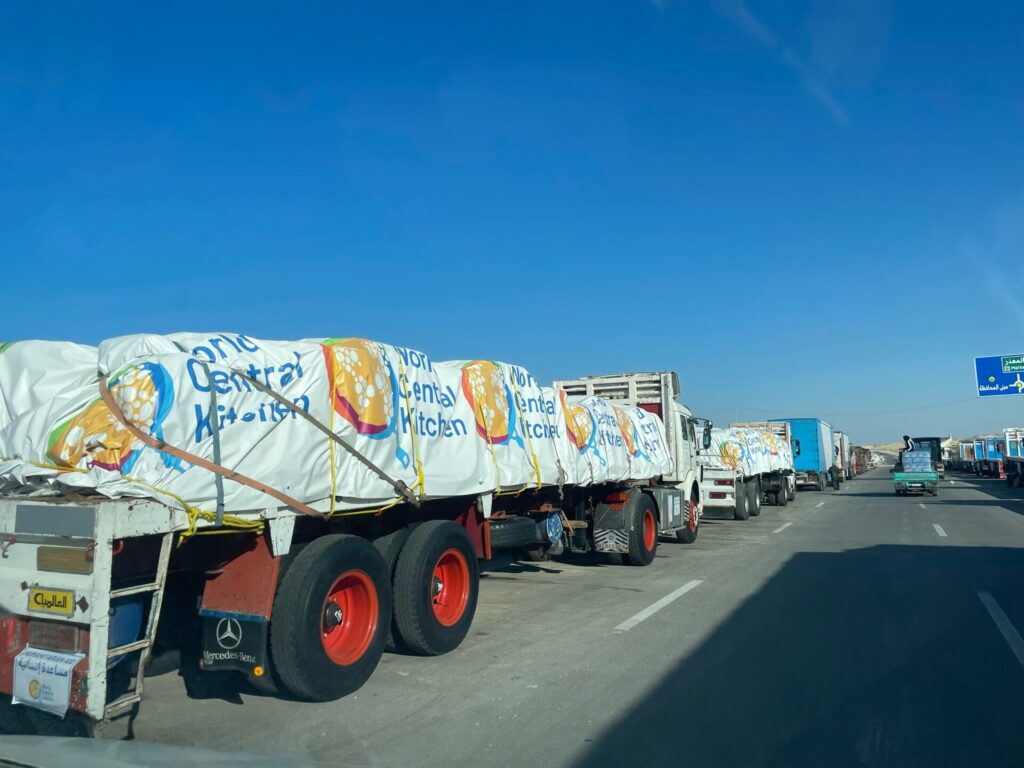

Looking Ahead: Ceasefire and Recovery
As I observed firsthand the desperate conditions in Gaza, the Integrated Food Security Phase Classification declared an imminent risk of famine for the entire population. Urgent action is needed to prevent over half a million people from facing catastrophic conditions.
Beyond increased aid, the international community must prioritize a ceasefire to halt hostilities. The Palestinians, enduring overcrowded shelters and lacking essentials, express a collective desire to return home. This fundamental aspiration should be a cornerstone of any post-war agreement, signaling hope for recovery and rebuilding shattered lives.
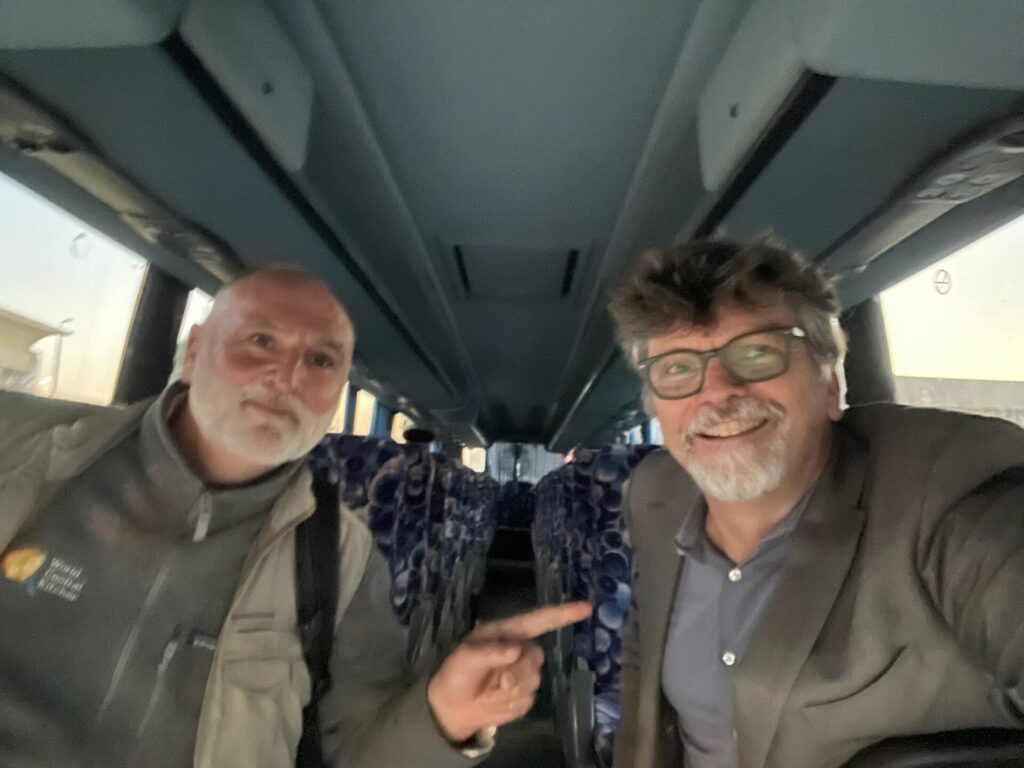

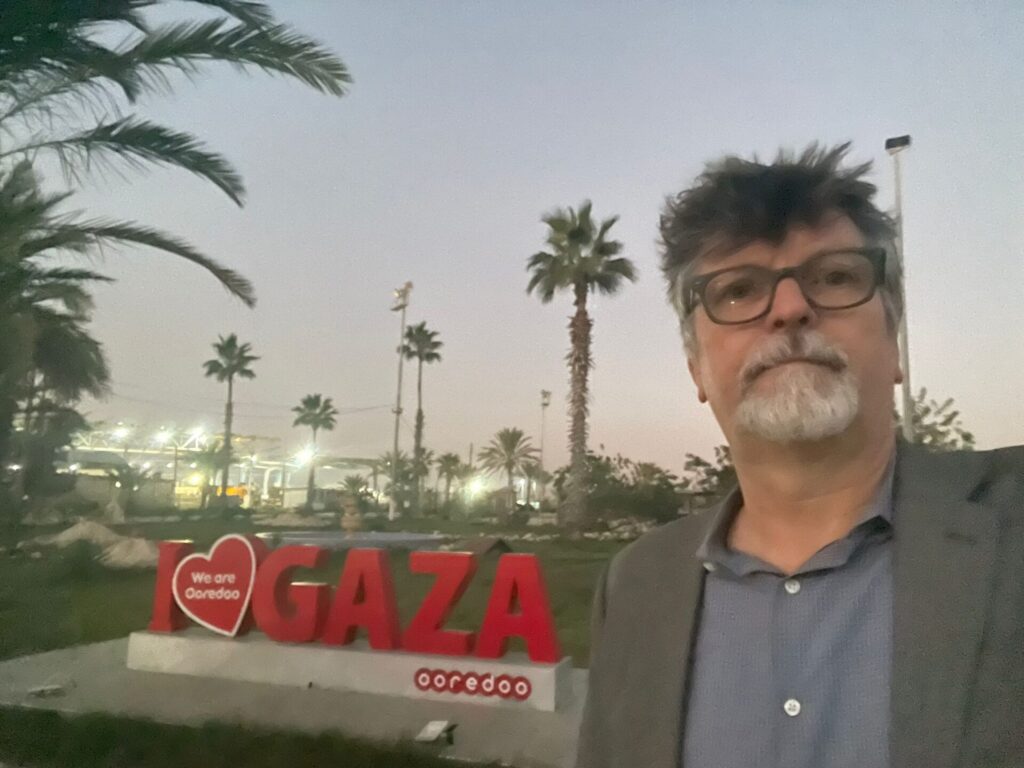

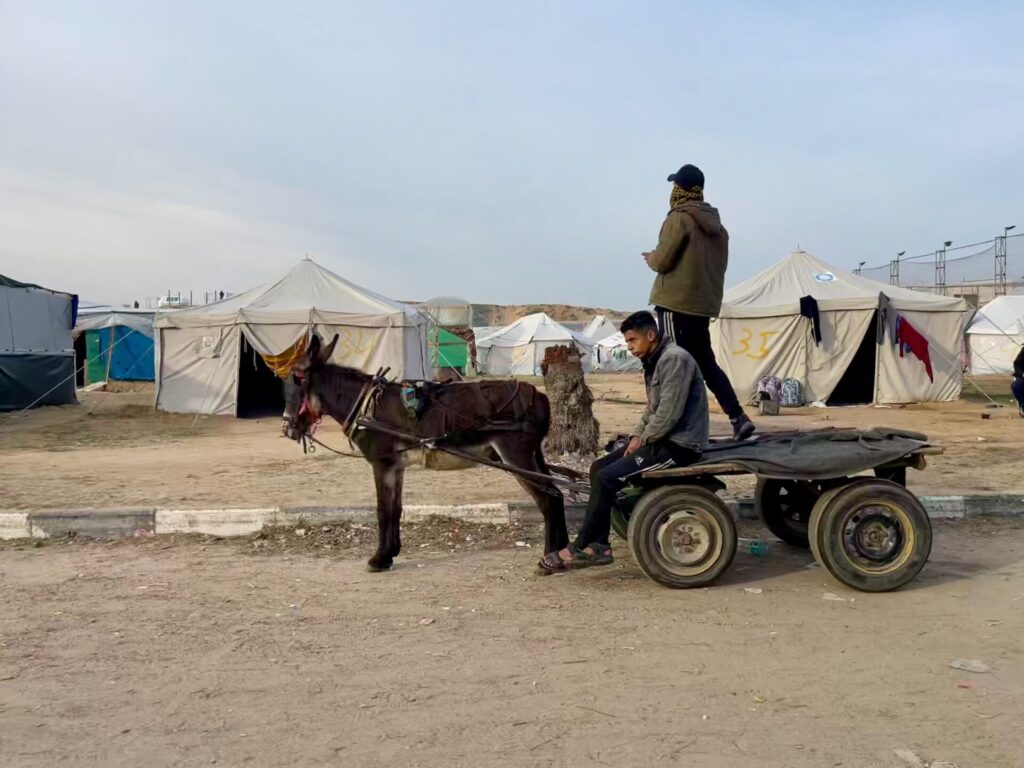

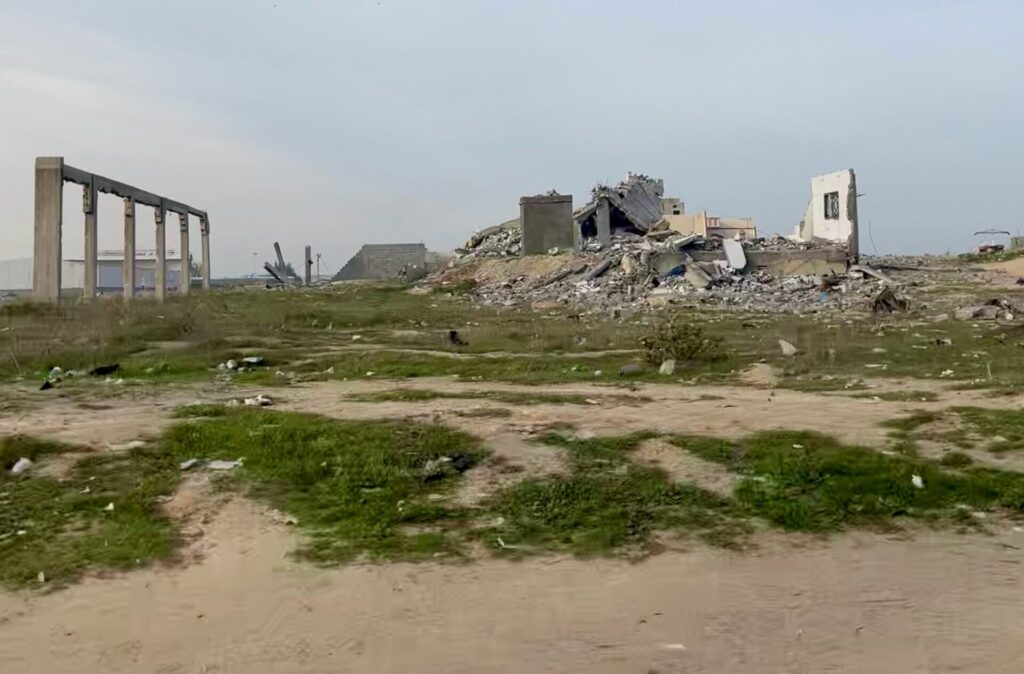

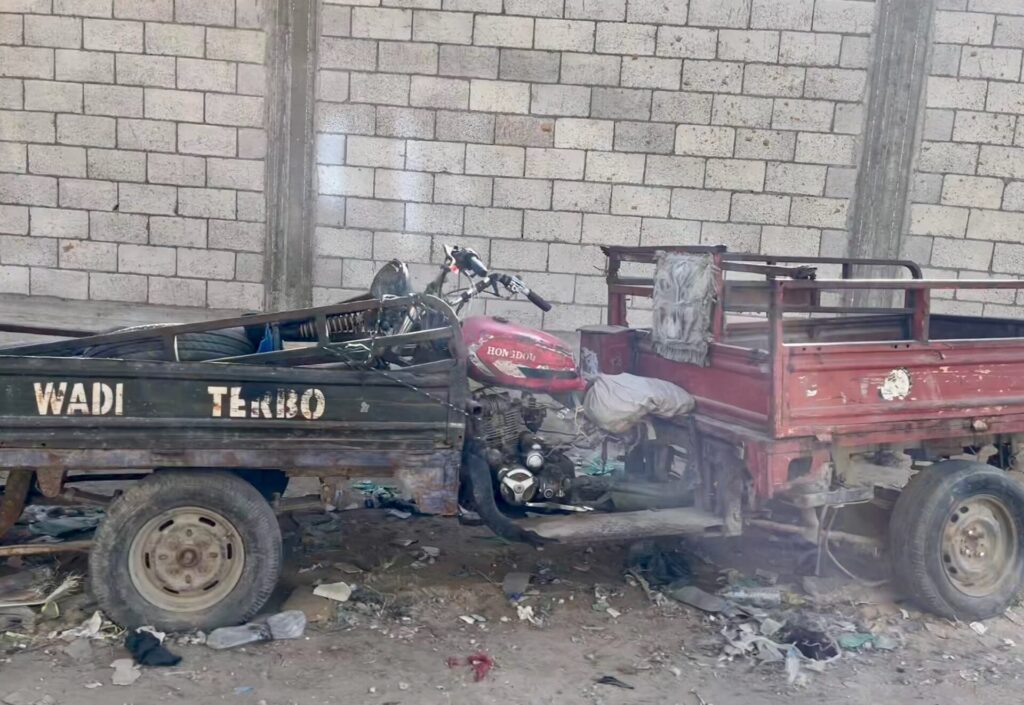

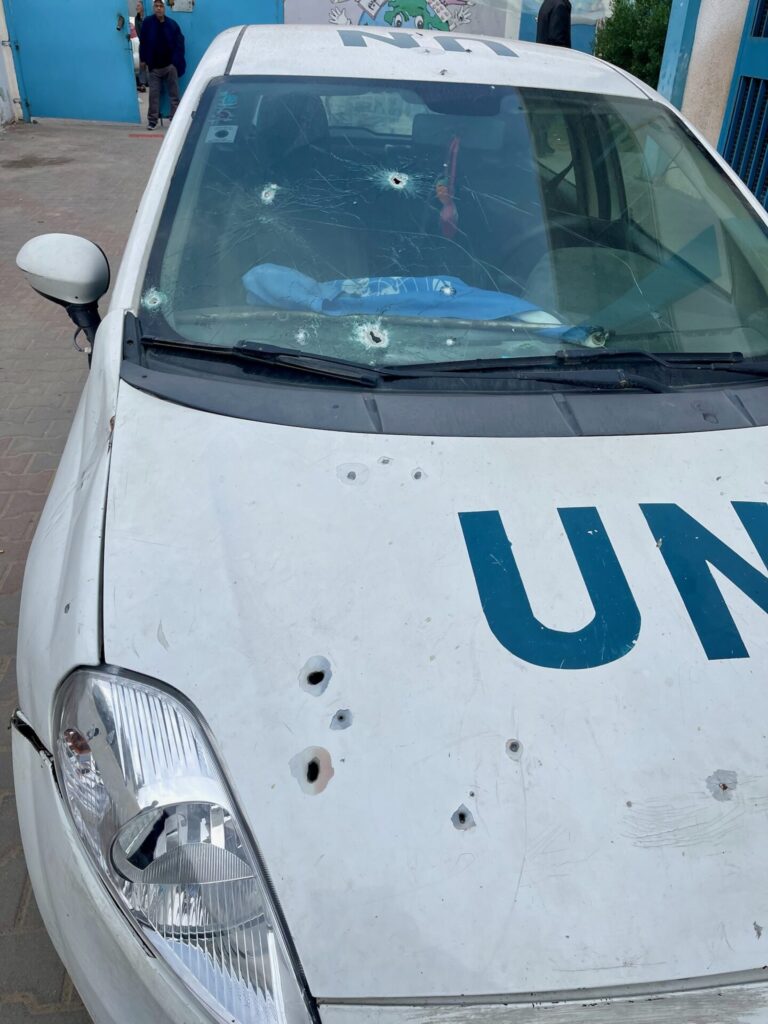

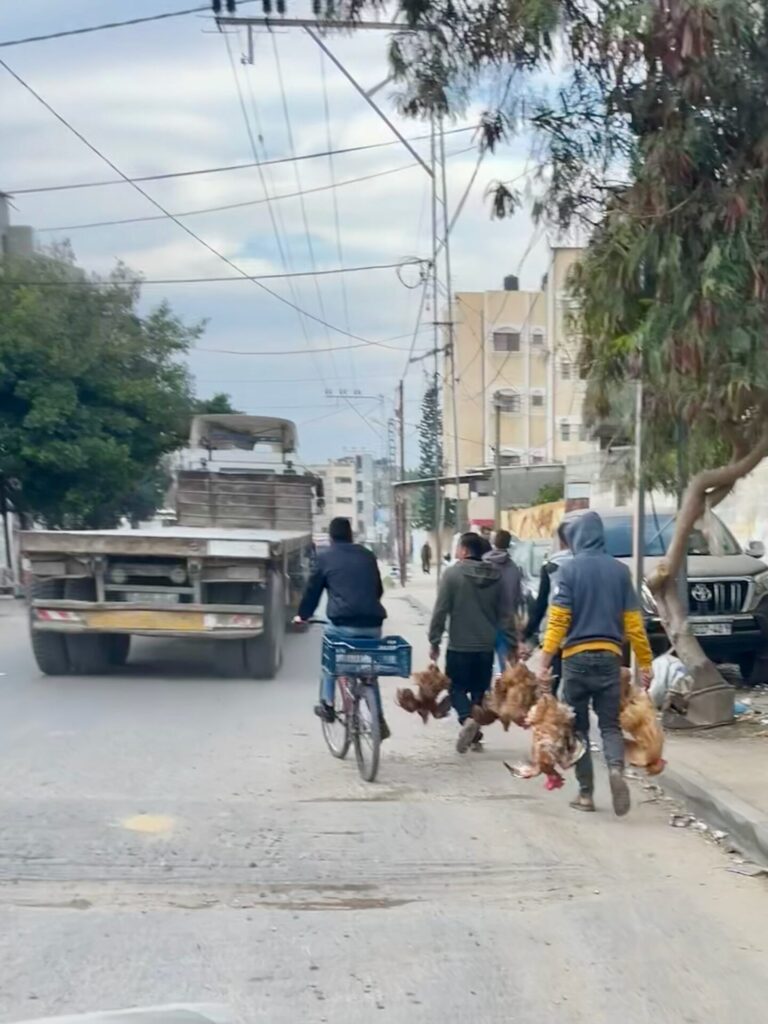

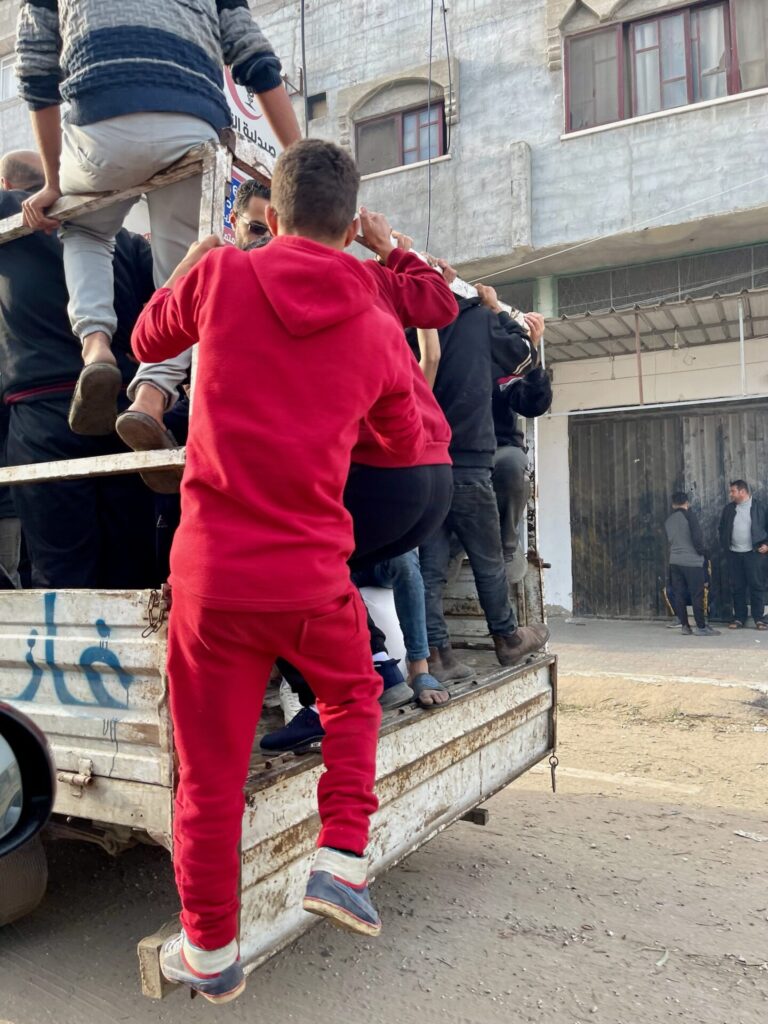

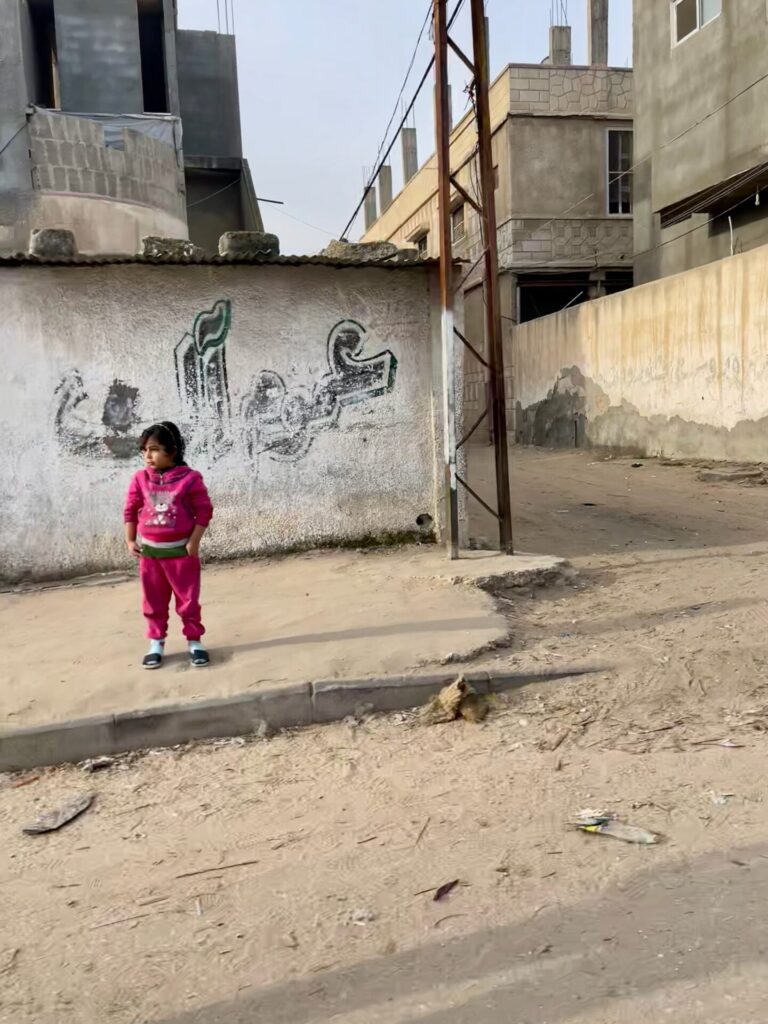

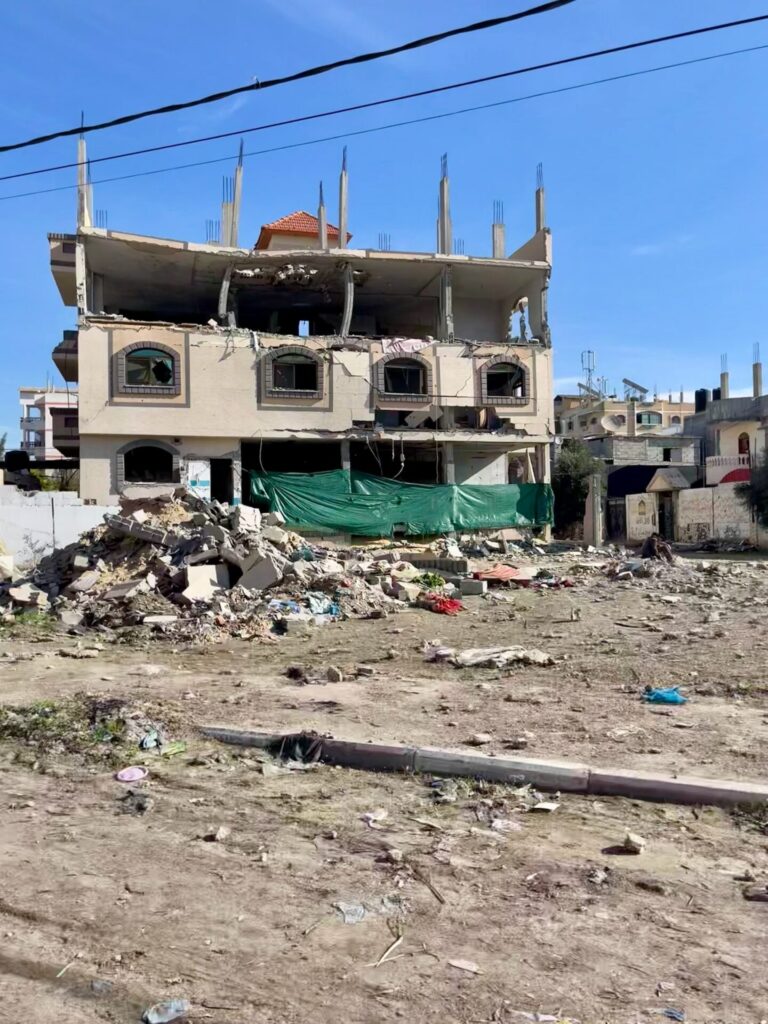

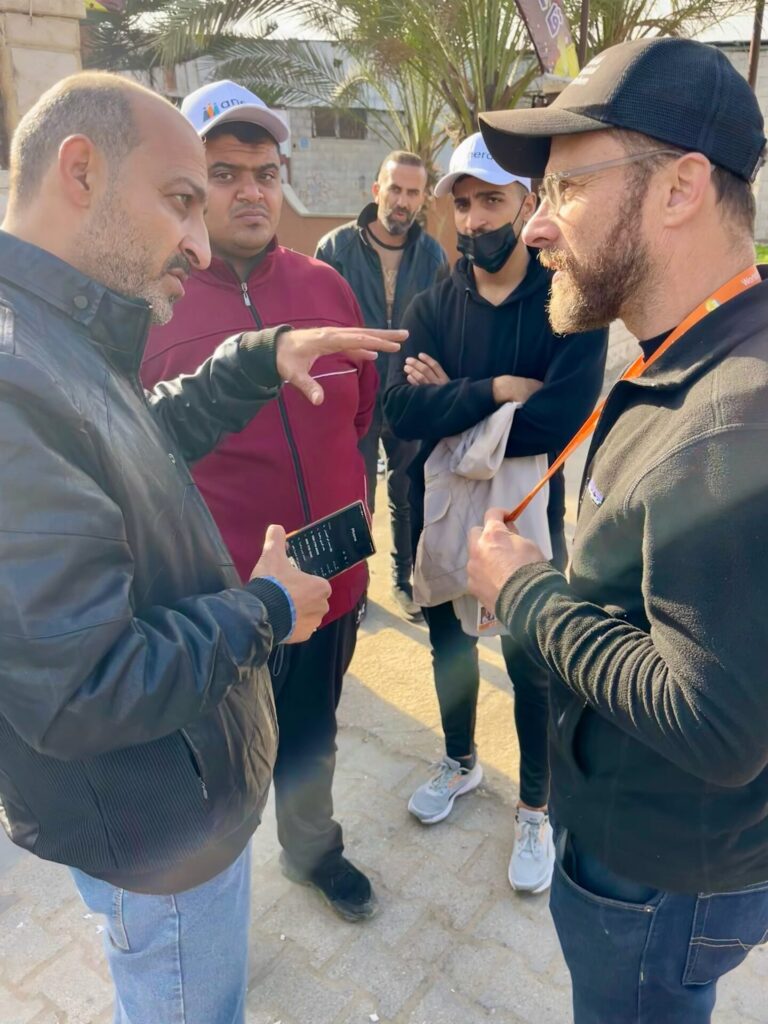

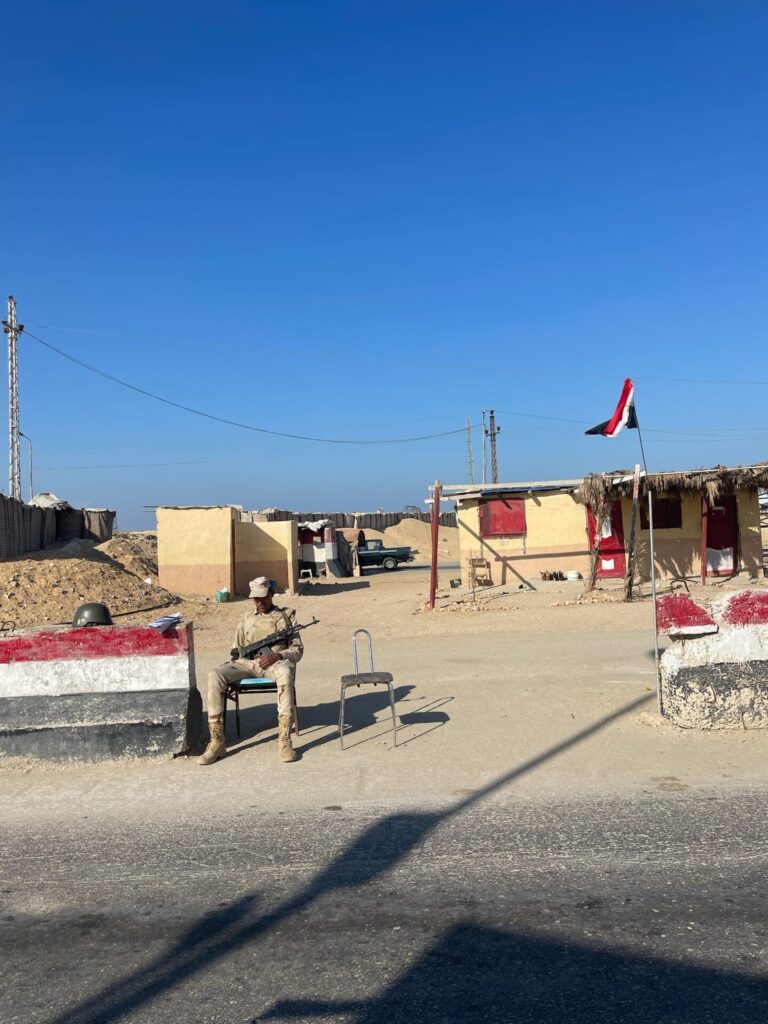

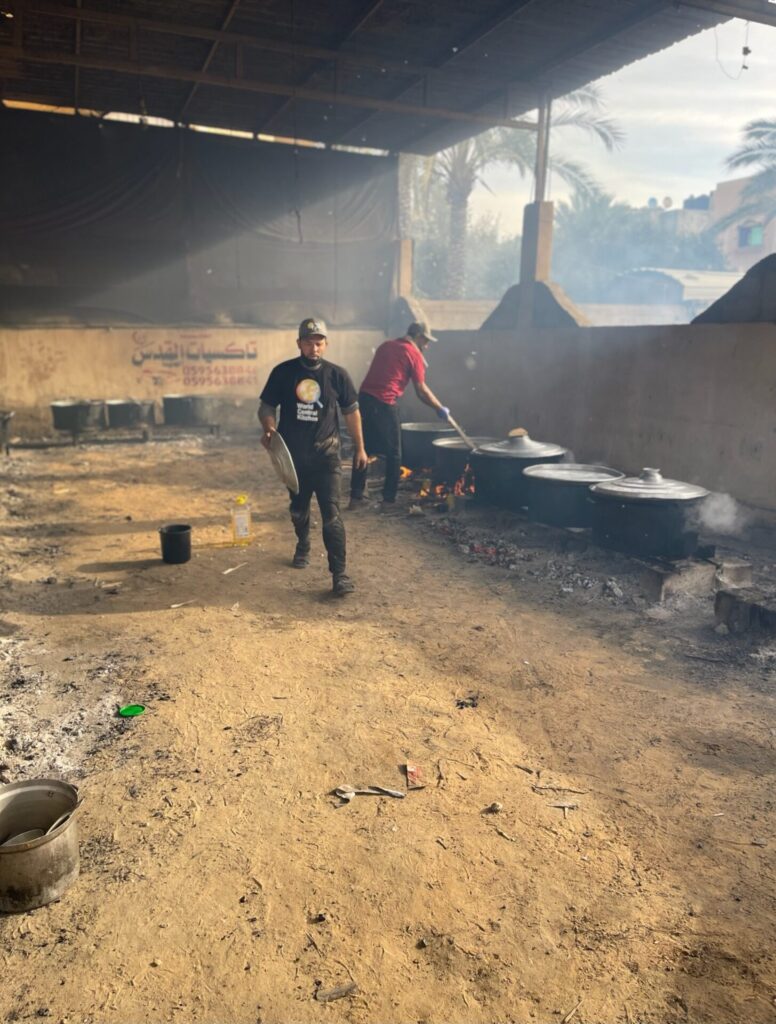

OUR BLOG
Related
Part of a series on the impact of the war on all sectors of economic life within Gaza, Anera’s immediate response and plans for the future. Other posts cover housing, education, WASH, health and food production systems. Livelihood Recovery In Gaza, 57 years of occupation and…
InterAction and 50 Member CEOs, some of whom have organizations that work in Gaza, urge President Biden to take decisive and actionable steps to alleviate the humanitarian crisis in Gaza. Detailed within this letter are specific steps and commitments that…
